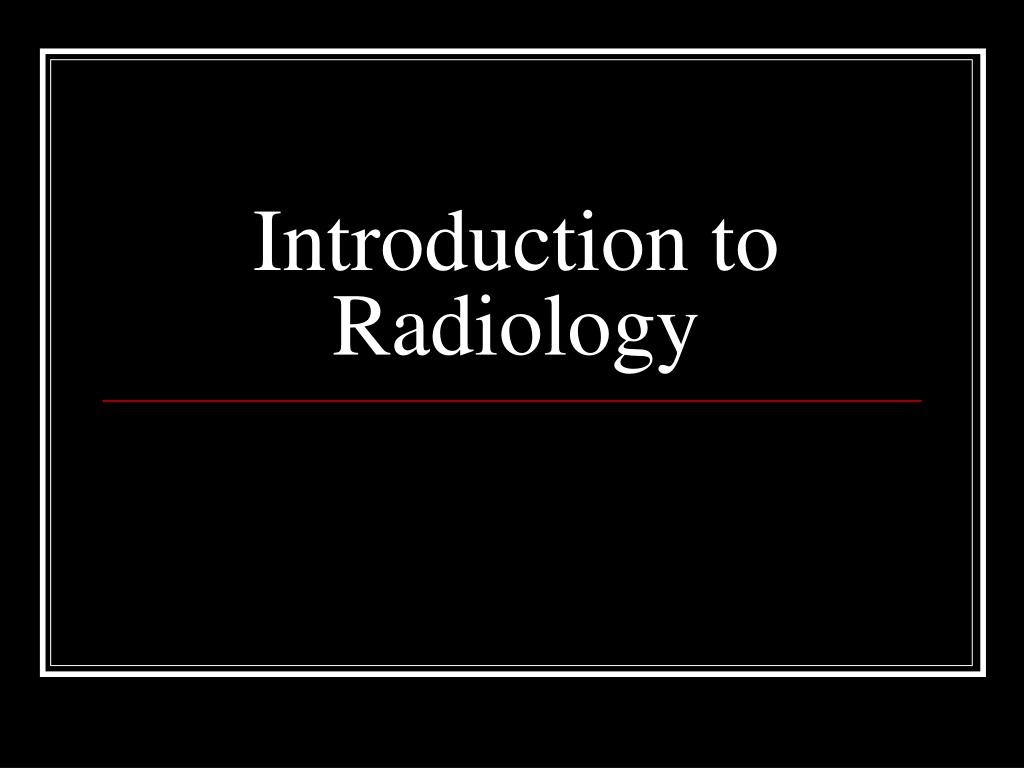Description
Welcome to Introduction to Radiology, an immersive journey into the fascinating world of medical imaging. In this course, we’ll delve deep into radiology’s principles, techniques, and applications, equipping you with the knowledge and skills to interpret diagnostic images confidently. Whether you’re a medical student, a healthcare professional, or simply curious about the science behind medical imaging, this course offers a comprehensive introduction to radiology.
Conclusion
By the end of this course, you’ll have gained a comprehensive understanding of radiology’s principles, techniques, and applications. Whether you’re embarking on a career in radiology or seeking to enhance your diagnostic skills as a healthcare professional, this course will empower you to navigate the complex world of medical imaging with confidence and proficiency. Get ready to unlock the secrets of radiology and embark on a journey of discovery into the wonders of the human body.






Eric –
As a radiologic technology student, I found the Introduction to Radiology course to be an invaluable resource for supplementing my classroom learning. The course covered essential topics such as radiographic positioning, radiation safety, and image interpretation in a clear and concise manner. The interactive exercises allowed me to practice identifying anatomical structures and abnormalities, which will undoubtedly benefit me in my clinical rotations.
Nonso –
I entered the Introduction to Radiology course with little background knowledge in the field, but I left with a newfound appreciation for the power of medical imaging. The instructors did an excellent job of breaking down complex topics into digestible chunks, making the material accessible to students of all levels. The interactive quizzes and case studies were particularly helpful in reinforcing learning and applying concepts to real-world scenarios.
Adedayo –
As a pre-med student, I found the Introduction to Radiology course to be incredibly informative and engaging. The lectures were well-structured, and the visuals helped reinforce key concepts. I appreciated how the course covered a broad spectrum of topics, from the basics of imaging modalities to the interpretation of radiographic images.